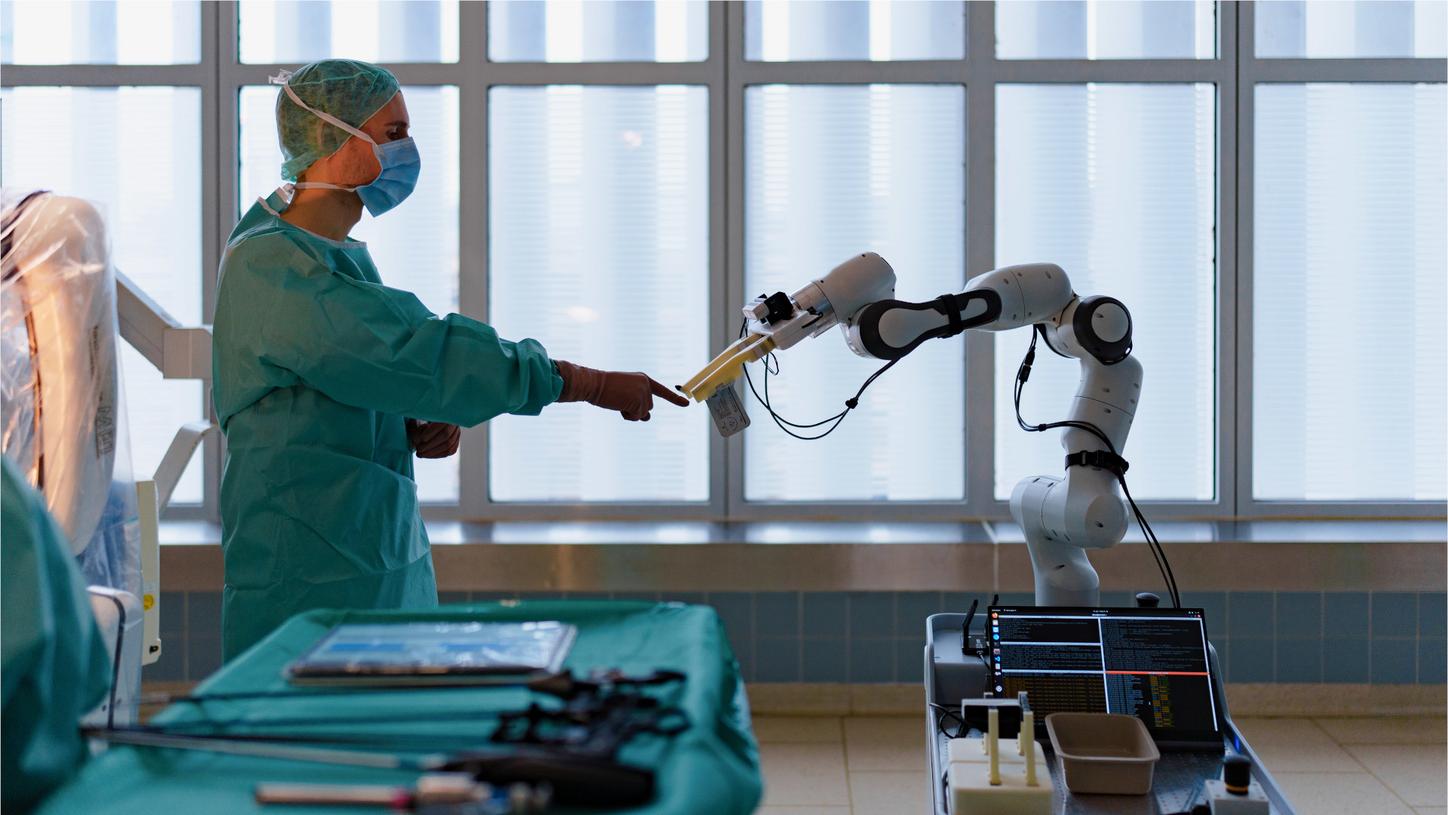Medical assistance robots:
The robotics innovator



Teamwork is essential in robotics. There is never any one person who knows everything and can do everything. Such a complex undertaking has to be divided up into subdisciplines. Specialists are required for each of these disciplines.
Chiheb Dahmani, PhD
Head of Technology & Innovation Mechatronic Products
You can find out more about the laboratory robot prototypes in the gallery:







[1] , retrieved on January 31, 2025.
[2] , retrieved on January 31, 2025.
The information presented is based on research results that are not commercially available. Future realization and availability cannot be guaranteed.
The statements by customers of Siemens Healthineers described herein are based on results that were achieved in the customerтs unique setting. Since there is no тtypicalт hospital and many variables exist (e.g., hospital size, case mix, level of IT adoption) there can be no guarantee that other customers will achieve the same results.









